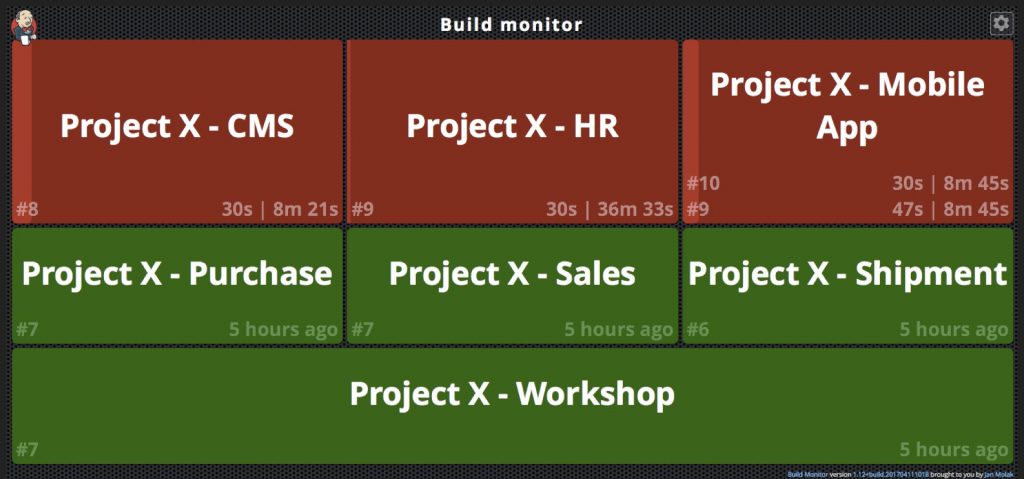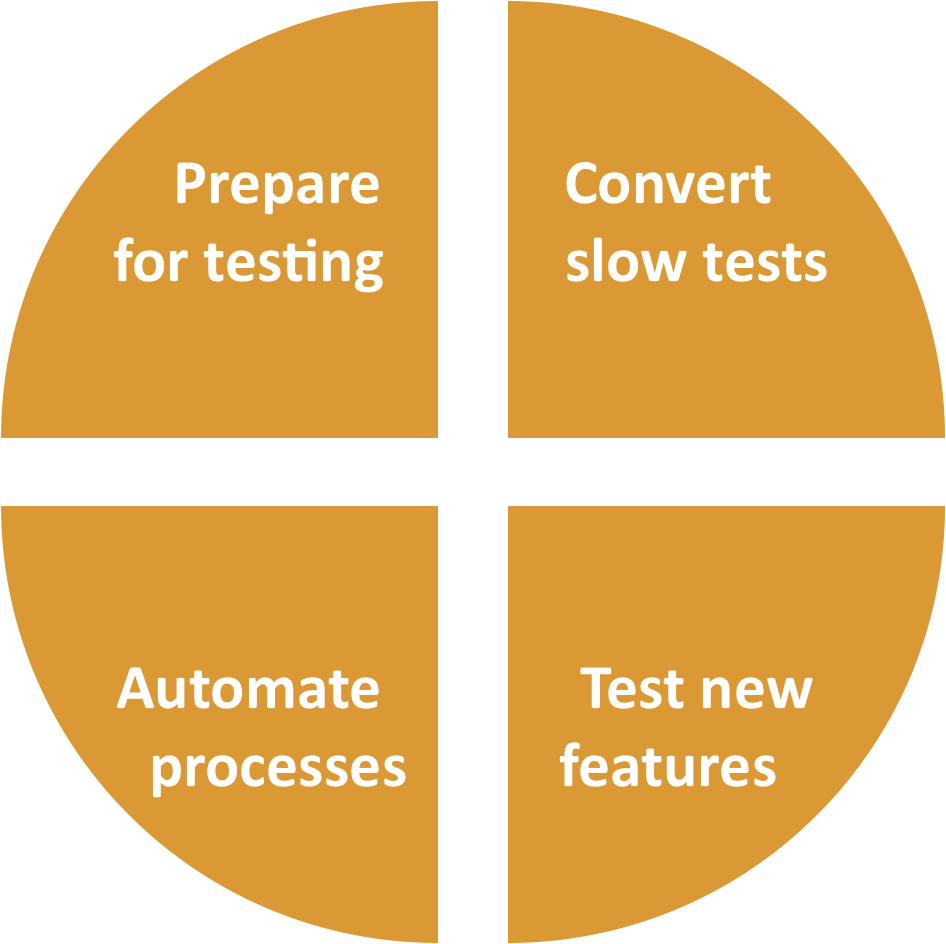Make quality engineering part of your development process and increase customer trust and avoid financial loss with the help of in2it experts.
Fast time to market, tight deadlines and budget constraints are the main reasons why systems fail and quality is poor. Not only are these flaws a security risk, they also impact your customer trust and your bottom line in the long run.
It is time to take action and start improving your applications. Each line of code must meet quality standards but should not require lots of effort to achieve that quality standard. Quality engineering is part of in2it’s DNA and we are actively involved in testing, web application and DevOps communities to share our knowledge.
Quality engineering as part of the development cycle
Make testing part of the development cycle to detect flaws faster and to easily resolve them. The longer the time between writing code and fixing a bug in that code, the harder it is for a developer to solve the problem.
Continuous integration (CI) is a huge advantage once you have started writing automated tests. It will run all available tests after each code commit and will report successes and/or failures immediately.

In2it can help set up and coach your development & QA teams to start testing. Together with your teams we adapt testing practices in 4 phases. This gives them time to familiarise themselves with these new techniques and allows you to measure the ROI of the investment.
Phase 1: prepare for testing
Getting started is the hardest part in testing. We assist your development and/or QA teams to:
- identify the most critical software components for the business
- configure automated integration and acceptance tests
- set up a continuous integration (CI) platform
- provide feedback integrations in business tools
Phase 2: converting slow tests into fast running unit tests
Integration tests are useful to verify a complete application with all systems and services attached. Unfortunately these type of tests are time consuming and can create lots of false positives. We help your development and QA teams to stub out these expensive calls and transform the tests into proper unit tests.
On legacy systems this conversion often requires refactoring of existing code to make them testable. We help development and QA teams to transform integration tests into clean, smooth running unit tests.
Phase 3: writing unit tests for new features
At this point your developers should have familiarity with writing unit tests and should not have a problem to write new functional code with unit tests. If possible, we also like to introduce “test-driven development” or TDD to further reduce the time between writing code and testing it.
Phase 4: automate the deployment of new changes
Now that the quality has increased, we can start looking at ways to automate manual processes so we can put these changes into production. We can do this in a semi-automated way (continuous delivery) or in a full automated way (continuous deployment). We will use the CI system introduced in phase 1 to create deployment pipelines where we will check specific conditions before we allow code to be production ready.
